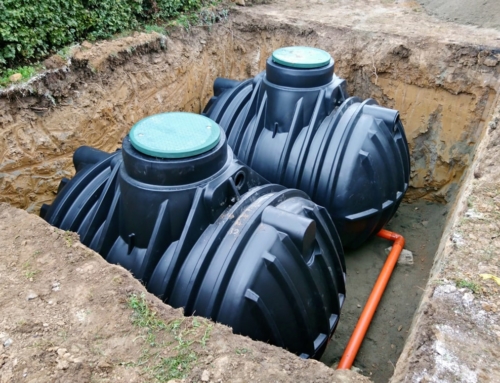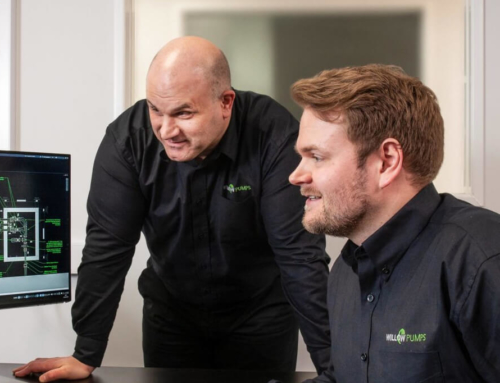You’ve decided what type of pump station you need, you’ve commissioned and approved the design and are now looking ahead to installation. But how to avoid complications and setbacks for this key part of the process?
At Willow Pumps our engineers have years of experience in successful installations. Here we lay out what to expect during this phase of your pump station life cycle, how to prepare for it and our top tips for avoiding costly and time-consuming problems.
What’s involved in pump station installation?
Once the chambers of the station have been constructed, a member of the contracts team will be sent out for a prestart meeting. At this point, they will check the chambers are ready for installation. Once this has been confirmed and any required changes have been addressed, the first fix can be arranged.
First fix
The first fix involves the installation of the pipework, valves and earth bonding. Unless the valve chamber drain is required to be cast in the valve chamber base, the valve chamber drain would also be installed at this point.
After the installation of the pipework, the following tasks need to be completed:
- Installation of permanent pipework supports, benching of all the chambers in line with SFA / DCG / SSG (Sewers for adoption / Design & Construction Guidance / Sewer Sector Guidance).
- Making good the surrounding ground and construction of the compound.
- Installation of any ancillary items, such as ladders.
- Construction of the kiosk plinth and installation of the kiosk and any intermediate kiosks /draw pits.
TOP TIP: It is vital to ensure that benching is completed prior to the system being live.
This will help prevent blockages and ensure smoother operation of the pumps. If it is not done at this stage, then problems will occur at the adoption stage, where the ground worker may not necessarily be on site to bench the system.
Second fix
Once the first fix is complete, the second fix can begin. This involves installation of the pumps and control equipment, pulling through the cables and commissioning of the system. If a permanent power supply is unavailable, then a return visit will be required to commission the system.
Telemetry would then be installed and setup.
How can you prepare for a smooth and efficient installation?
The key to efficiency and ease at any part of the process in a pump station life cycle is to maintain good communication with your supplier.
TOP TIP: This is where using a single provider who can cover the whole life cycle from start to finish is an advantage. They will be able to advise on best practice, tell you everything you need to know to plan well and if anything does go wrong, problems can be addressed quickly without the need to coordinate multiple stakeholders.
For more information on how this consistency can benefit your project, read our expert review article as seen in Architects Datafile Magazine.
It is also important to ensure that any site preparation and groundworks are completed in plenty of time and according to the plans made during conception and design. Again, good communication with your supplier is crucial here. Preparing the ground well will help to ensure a smooth installation.
Next steps
Once your pump station has been successfully installed and any necessary checks and snagging are complete, your pump station will be ready for adoption (if being adopted by the local water authority).
As leading industry experts on pump stations and complete water in, waste out solutions, Willow Pumps can offer you the consistency and professionalism required for a streamlined installation and adoption of your pump station.
We offer no charge for your pump station design when you book your supply and installation with us.
Get in touch with our team today to find out more.








